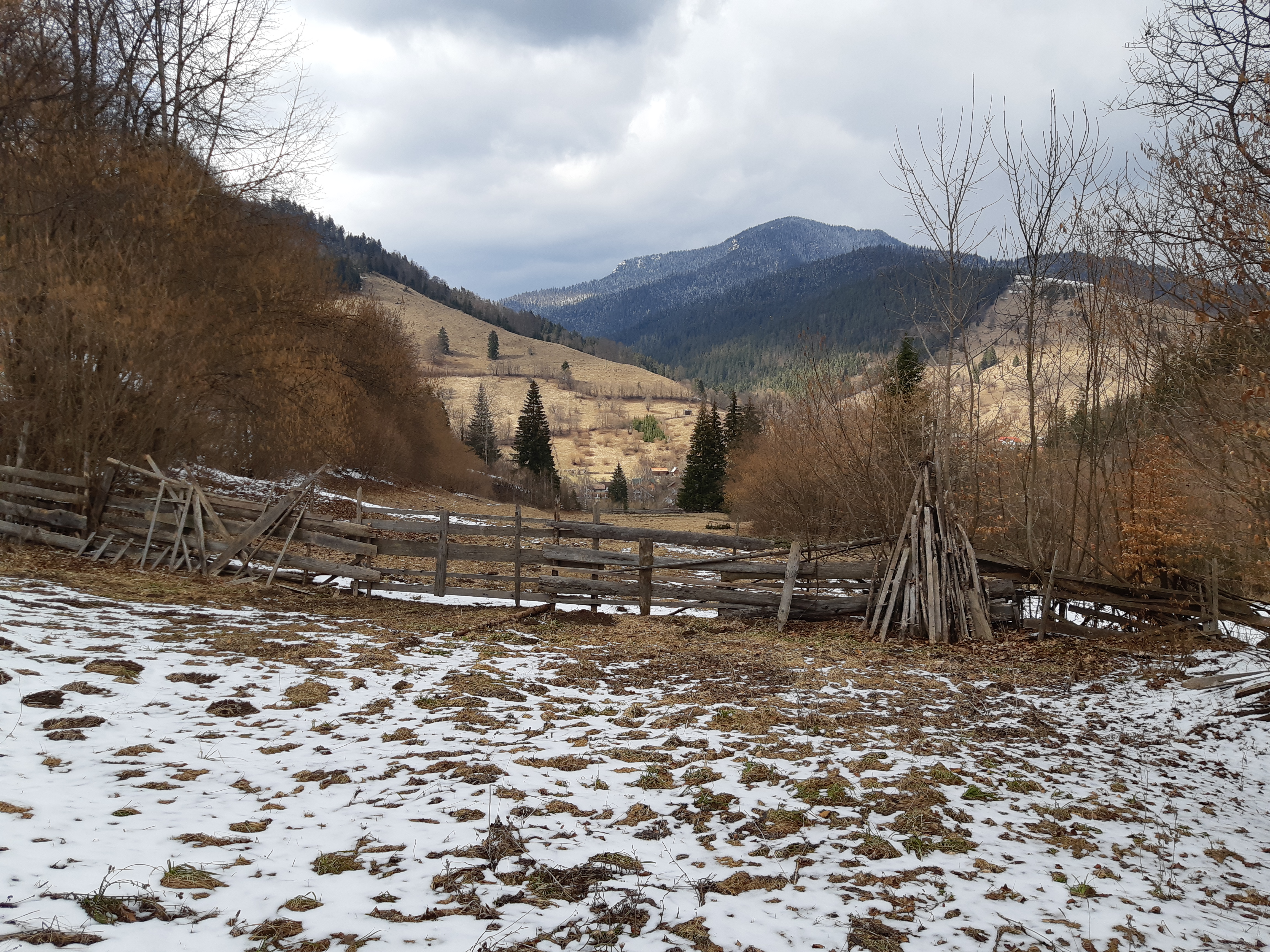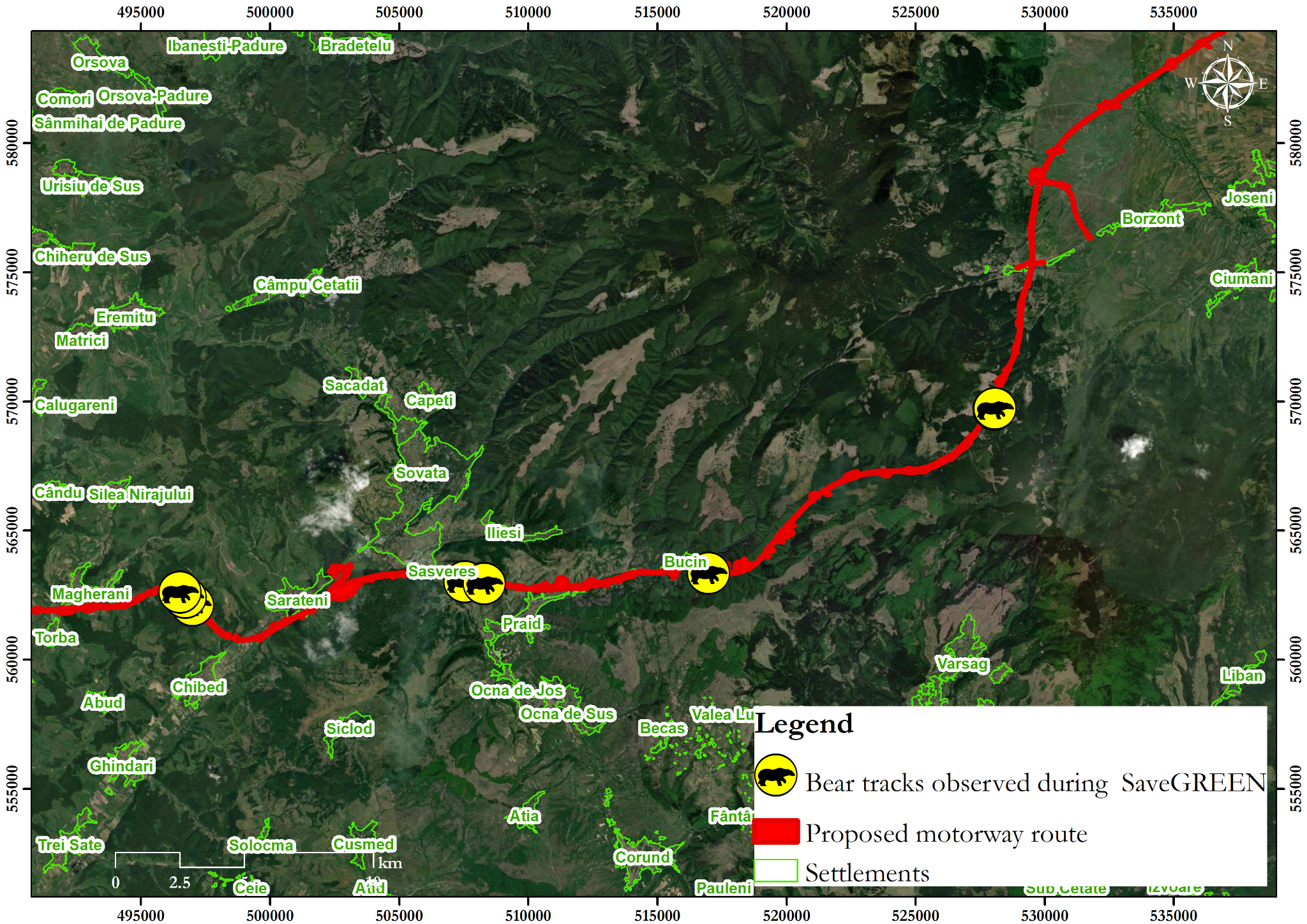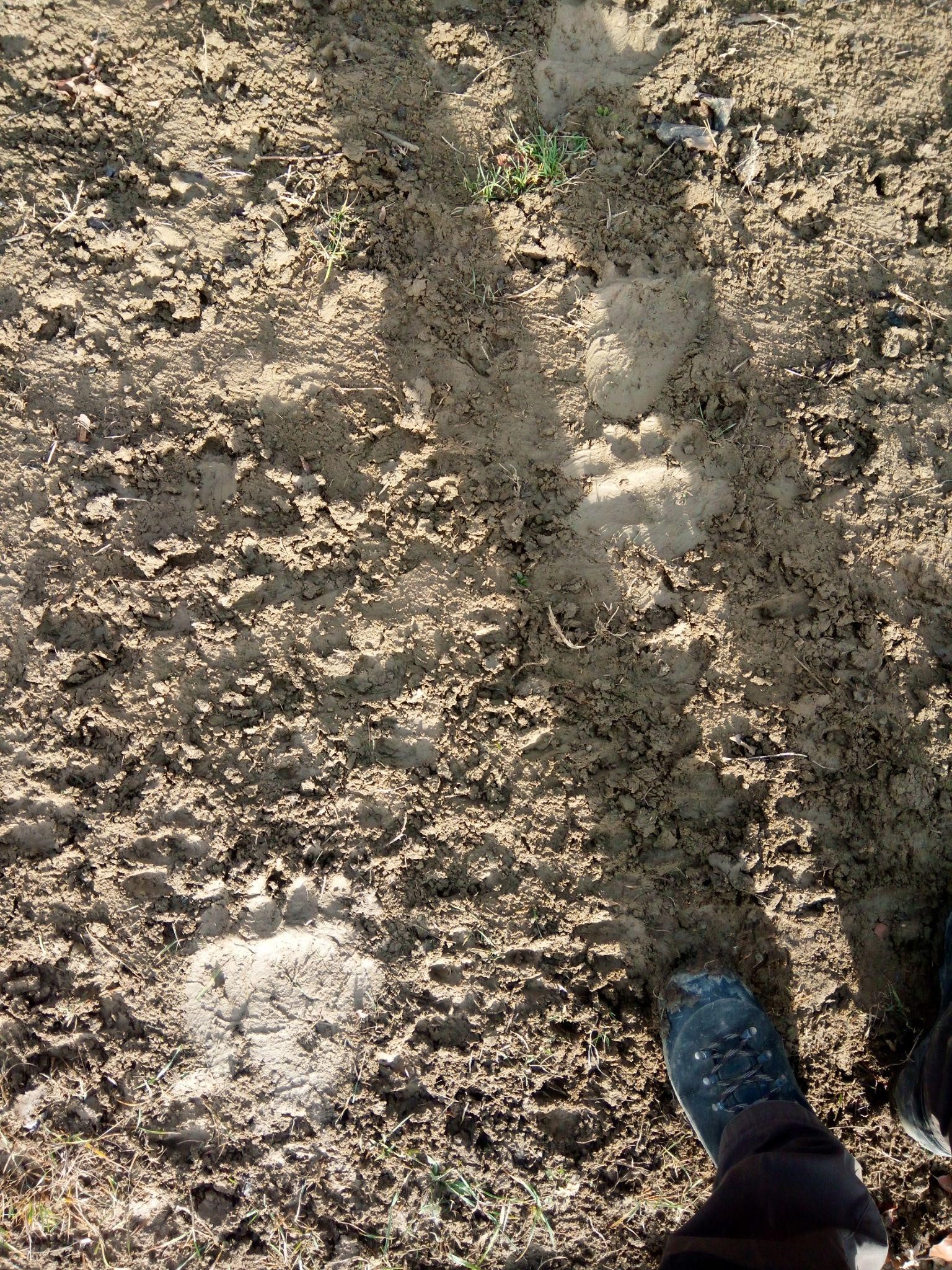SaveGREEN - Protecting crucial habitats and green corridors in the Romanian Târgu Mureș – Târgu Neamț pilot area
21-12-2021
The Târgu Mureș – Târgu Neamț pilot area stretches along three counties (Mureș, Harghita, and Neamț) and links two major historical regions: Transylvania in the west and Moldova in the east. It also incorporates some of the Romanian Eastern Carpathians, as well as foothills to the west and east of the mountain range.
A long history of sustainable use of natural resources in the area has resulted in a blend of high-value natural (mainly in the mountains) and cultural (mainly in the foothills) landscapes. The area acts as a functional ecological corridor within the wider Carpathian range.
SaveGREEN aims to make a significant contribution in terms of preserving the area’s crucial habitats and its functional connectivity.
 Pilot area map, Eszter Sebestyén, CEEweb
Pilot area map, Eszter Sebestyén, CEEweb
Connectivity challenges for wildlife
Several factors can affect structural connectivity, which in turn can hinder the free movement of species: these include transport infrastructure, built-up and fenced areas, channelled rivers and dams, power lines, and degraded habitats.
Intersections of green and grey infrastructure are critical points at which transport infrastructure present barriers to the movement of wildlife that must be overcome.
In complex landscapes, different types of wildlife will take advantage of whichever natural features they can to move freely and safely. The Mureș Valley’s green backbone consists of several landscape elements, such as forested areas, hedgerows and verges, islands, wetlands and other micro-habitats like rock debris and ponds.
 Mosaic landscape in the Târgu-Mureș – Târgu Neamț pilot area. Image © EPC Consultanță de mediu
Mosaic landscape in the Târgu-Mureș – Târgu Neamț pilot area. Image © EPC Consultanță de mediu
Green Infrastructure and functional connectivity
SaveGREEN’s cross-sectoral approach offers a unique opportunity to integrate specific management actions into inter-sectoral operational plans with the involvement of all relevant stakeholders.
This represents a major step forward in the actual realisation of two concepts (green infrastructure, and functional connectivity at landscape level), not only on the project territory but also at national level. Successful implementation can be used further to demonstrate how these concepts can be incorporated into sectoral management.
SaveGREEN monitoring efforts
The SaveGREEN project team is monitoring key connectivity areas in the Târgu Mureș – Târgu Neamț pilot area that are under threat from a planned motorway. Monitoring activities began this year and will continue in 2022. The results of these activities will inform and contribute to proposed mitigation measures to reduce the motorway’s impact on wildlife safety. Preliminary efforts reveal a high presence of large mammals in the area, with a multitude of bear track sightings, and an observed presence of roe deer and wild boar. Surprisingly, a solitary lynx was seen passing through a corridor area located close to human settlements.
 Preliminary brown bear observations in the planned motorway area. Image: © Milvus Group & EPC Consultanţă de mediu
Preliminary brown bear observations in the planned motorway area. Image: © Milvus Group & EPC Consultanţă de mediu

Brown bear tracks observed in the Târgu Mureş – Târgu Neamţ Pilot Area in 2021. Image: © Milvus Group
Fieldwork conducted over the course of the SaveGREEN project will help us to obtain a deeper understanding of current landscape-level pressures and threats, which in turn will allow for the proposal of adequate measures to help maintain existing corridors and assist with landscape defragmentation.
The project has produced an informative factsheet already where you can learn more about the pilot area.
The next stop on our virtual tour is the second Romanian pilot site, Arad Deva! Stay tuned for the next article!
Follow our social media channels on Facebook and Twitter to stay updated, or subscribe to our newsletter to gain project insights!
Save nature: SaveGREEN!
Author:
Bianca Stefanut, WWF Romania
Contributed by:
Silvia Borlea, Consultant of EPC
